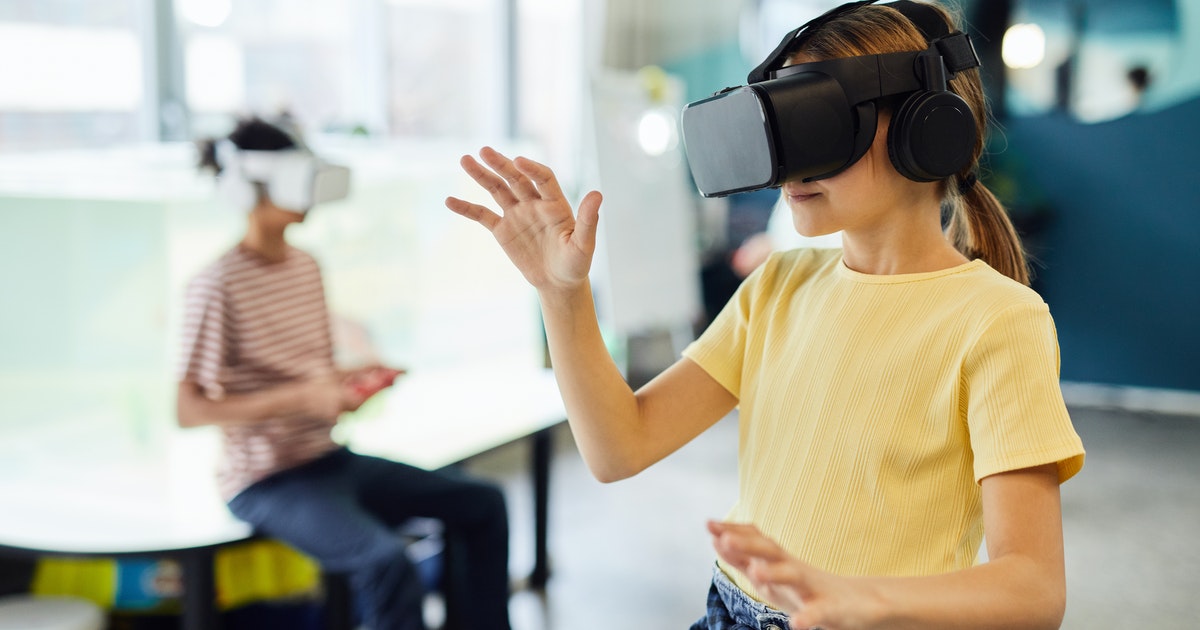Virtual and Augmented Reality Technology in Education and Entertainment
A special issue of Applied Sciences (ISSN 2076-3417). This special issue belongs to the section "Computing and Artificial Intelligence".
Deadline for manuscript submissions: 28 February 2025 | Viewed by 24354

Special Issue Editors
Interests: applied science education; educational technology; maker education; sustainability; extended reality
Special Issues, Collections and Topics in MDPI journals
Interests: artificial intelligence in education; augmented reality; information technology education
Interests: AI big data analysis; knowledge data base; IoT sensor hubs; LoRa/NB-IoT transmission
Special Issues, Collections and Topics in MDPI journals
Special Issue Information
Dear Colleagues,
Applied science education focuses on the effective use of strategies to convey knowledge, attitudes and skills in the field of applied sciences. In contrast to basic scientific knowledge, applied science focuses more on practical application fields or industrial uses. In other words, in addition to the teaching of basic principles, it is more important to cultivate learners’ attitudes and skills in application. For example, training factories exist for this purpose. However, limited by funding and spaces, traditional training factories are often difficult to provide the most emerging technical fields for learners to operate. Additionally, difficult and dangerous industrial fields (such as precision semiconductor manufacturing processes, dangerous loading and unloading operations) are often difficult to present in schools, which is the limitation of applied science education in practical training. Among the many emerging technologies, virtual reality, augmented reality and mixed reality have gradually matured in recent years, and have been adopted by educators and industries. The common feature of these emerging technologies is that they are all assisted by digital content to help users conduct simulation or practical learning in difficult or dangerous application fields. This is enough to meet the important educational goals of today’s applied science education. Under the overall global trend and context, this Special Issue invites experts and scholars who study new science and technologies to conduct more in-depth research on current and future applied science, and respond to the educational issues in the key medium of applied science.
Prof. Dr. Tien Chi Huang
Dr. Jian Wei Tzeng
Prof. Dr. Nen Fu Huang
Guest Editors
Manuscript Submission Information
Manuscripts should be submitted online at www.mdpi.com by registering and logging in to this website. Once you are registered, click here to go to the submission form. Manuscripts can be submitted until the deadline. All submissions that pass pre-check are peer-reviewed. Accepted papers will be published continuously in the journal (as soon as accepted) and will be listed together on the special issue website. Research articles, review articles as well as short communications are invited. For planned papers, a title and short abstract (about 100 words) can be sent to the Editorial Office for announcement on this website.
Submitted manuscripts should not have been published previously, nor be under consideration for publication elsewhere (except conference proceedings papers). All manuscripts are thoroughly refereed through a single-blind peer-review process. A guide for authors and other relevant information for submission of manuscripts is available on the Instructions for Authors page. Applied Sciences is an international peer-reviewed open access semimonthly journal published by MDPI.
Please visit the Instructions for Authors page before submitting a manuscript. The Article Processing Charge (APC) for publication in this open access journal is 2400 CHF (Swiss Francs). Submitted papers should be well formatted and use good English. Authors may use MDPI's English editing service prior to publication or during author revisions.
Keywords
- applied science education
- virtual reality
- augmented reality
- mixed reality
- edutainment
Benefits of Publishing in a Special Issue
- Ease of navigation: Grouping papers by topic helps scholars navigate broad scope journals more efficiently.
- Greater discoverability: Special Issues support the reach and impact of scientific research. Articles in Special Issues are more discoverable and cited more frequently.
- Expansion of research network: Special Issues facilitate connections among authors, fostering scientific collaborations.
- External promotion: Articles in Special Issues are often promoted through the journal's social media, increasing their visibility.
- e-Book format: Special Issues with more than 10 articles can be published as dedicated e-books, ensuring wide and rapid dissemination.
Further information on MDPI's Special Issue polices can be found here.







